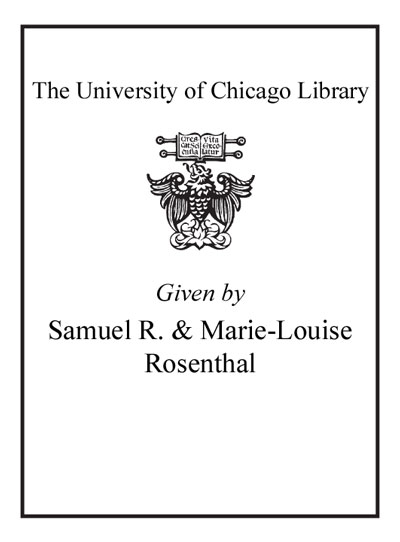The politics of cultural programming in public spaces /
Saved in:
| Imprint: | Newcastle : Cambridge Scholars, 2010. |
|---|---|
| Description: | vi, 178 p. ; 21 cm. |
| Language: | English |
| Subject: | |
| Format: | Print Book |
| URL for this record: | http://pi.lib.uchicago.edu/1001/cat/bib/8066120 |
| Summary: | In our digital media saturated lives, where we spend increasing amounts of time in virtual worlds such as Second Life or online on blogs and video sites, it can be easy to forget about public spaces. Unlike content in virtual worlds, cultural programs in public spaces are events that are lived and experienced bodily and sensuously. Museum exhibits, public music performances, sports, art festivals - these events and spaces are truly immediate, which is to say that they are lived bodily by those that participate in and produce them. While media might be involved, these phenomena are wholly different from broadcast mass media objects. This book, The Politics of Cultural Programming in Public Spaces, interrogates these events and spaces in order to discover - and recover - the ways in which they affect subjectivity. We offer this not in lieu of interrogations of our heavily mediated world, but as a reminder that public spaces and public events still matter to millions of people worldwide. To this end, this collection groups together two seemingly different objects: events and institutions. Cultural events, such as festivals, protests, and concerts, are often considered one-time phenomena. Even events that are annual are seen as relegated to a brief period of time. Institutions, such as museums, are seen as more permanent, even timeless. Yet both are caught in complex political and economic webs, and both mutate through time as various constituencies struggle over their uses and meanings. Short-term events persist in cultural memory through news reports, eyewitness accounts, and documentaries. Museums and exhibits, for all their persistence, often undergo turnover in personnel and subsequently are sites of shifting political and cultural mores. Moreover, since this book deals with cultural programming in public spaces, all of the objects considered here are seen as intimately tied to heterogeneous geographical/political spaces. Seen in this light, the distinction between, say a book festival and a sculpture garden, is more arbitrary than helpful. In the final analysis, no object is free of the web of determinations, and the essays in the book explore the ramifications of this fact. |
|---|---|
| Physical Description: | vi, 178 p. ; 21 cm. |
| Bibliography: | Includes bibliographical references and index. |
| ISBN: | 9781443816946 (hbk.) 1443816949 (hbk.) |

